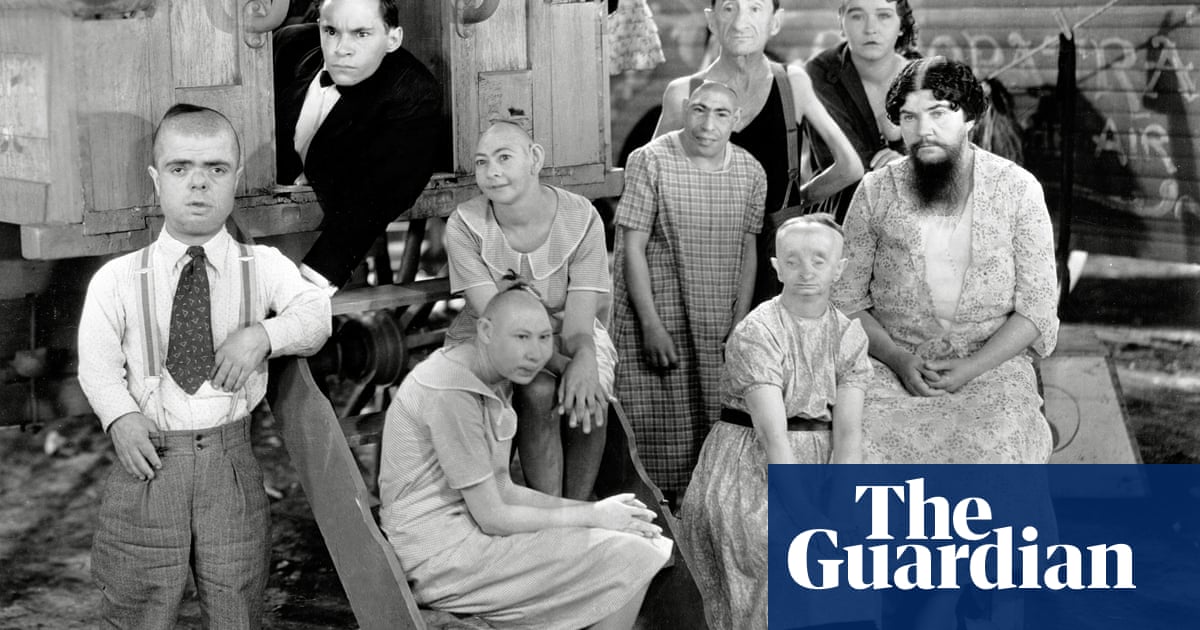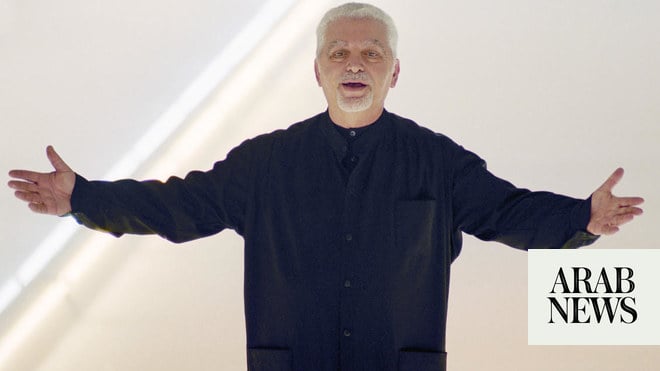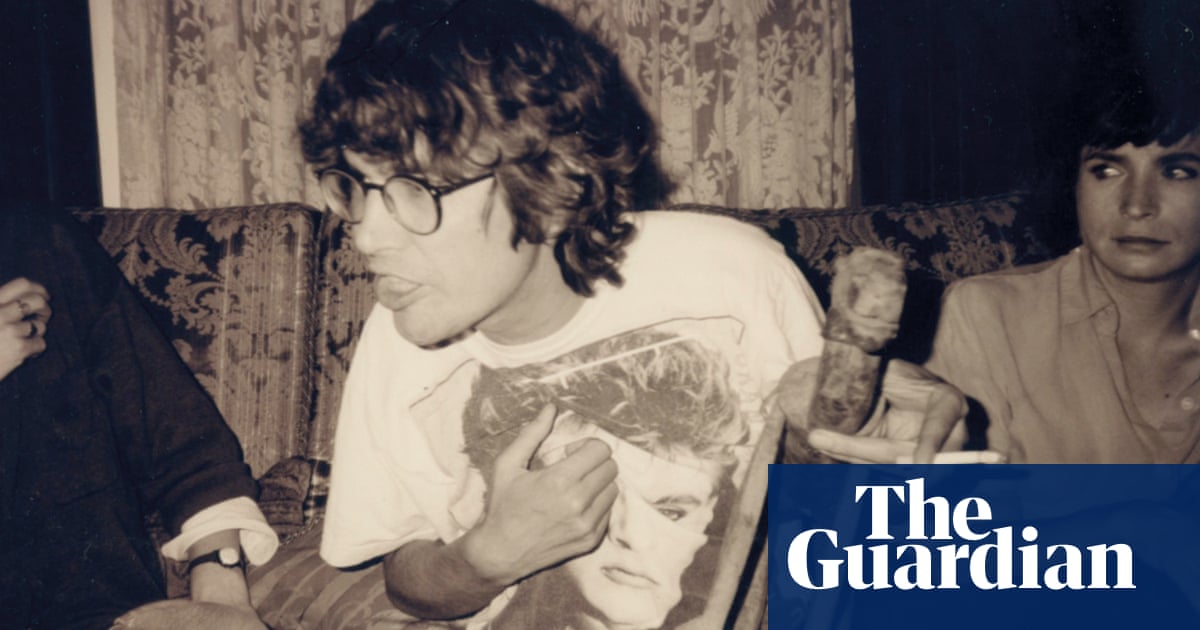
When a kid threatens to run away and join the circus, perhaps upon being forced to eat broccoli or go to bed, they’re fantasizing about more than just independence. The traveling carnival offered an alternative way of life that appealed specifically to those uninvested in the politenesses of the grownup world. No one can make a carny shower, wear a tie or go to church. This liberation from the strictures of civilized society was a must for an ethically spotty line of work reliant on a mix of trickery, hucksterism, prurience and morbid fascination, a low art form that attracted a certain kind of scuzzy personality. The tents of the sideshow provided a home to thieves, oddballs, creeps, chiselers, dope fiends, conmen, women of ill repute, leches, lushes and any other species of degenerate in need of a paycheck. If vaudevillians were the rock stars of the pre-cinema era, then circus folk were van-dweller punks cutting a swath of blithe misbehavior from gig to gig.
Just before the turn of the 20th century, at the ripe age of 16, a bricklayer’s son named Charles Albert Browning Jr decided that these were his people and abandoned his well-heeled family to join their grubby ranks. He would spend 10 years cutting his teeth as a barker, song-and-dance man, clown and contortionist before rechristening himself Tod, the German word for “death”, conferring a ghastly gravitas. Three years later, he’d take leave of the stage with sights set on the burgeoning silent film industry, but he’d carry the lurid spirit of the big top with him through the rest of an illustrious, disreputable career.
It’s been a long while since the days when the circus presented a viable occupation for an unruly youth, enough time for Browning to appreciate from a deviant peddling filth to an esteemed auteur worthy of his own retrospective at a hall of the highbrow like New York’s Lincoln Center. Unspeakable: The Films of Tod Browning collects 17 key titles from the maestro of the macabre, and illustrates that the full breadth of his filmography stretches far beyond the horror genre he’s now famed for jump-starting. Caught between his impulse to gawk at the exotic and his flowering compassion for human beings most movies preferred not exist, he located a tragic humanity in every stripe of outcast.
Deep in the grips of alcoholism by his 30s, Browning latched on to a renewed sense of purpose after a near-death experience driving his car into a moving train in the summer of 1915. He settled into the director’s chair and kicked his output into high gear with a couple dozen one- and two-reelers that gave him a feel for the emotive, illusory potential of the still-primitive movie camera. His filmography began in earnest with a pair of collaborations that partnered him with willing, able vessels for the turpitude he sought to exorcise by splaying it on-screen. Priscilla Dean and Lon Chaney fill out their own rogues’ gallery in such early silents as The Wicked Darling, Outside the Law and Drifting, their specialty being criminals too quick-witted to be written off as two-bit hustlers. The relaxed rulebook of the pre-Hays Code period allowed Browning to give these sketchy, shady flimflam artists meaningful desires and motivations that would eventually be replaced by compulsory two-dimensional villainy. (With Drifting, Browning also considered another notion of outsiderism in an 18-year-old Anna May Wong, Hollywood’s first Asian movie star.)
Even as The Hunchback of Notre Dame and The Phantom of the Opera immortalized “the man of a thousand faces”, Chaney stuck with Browning when the hungry young film-maker moved to MGM. In 1925, his sordid, delectable The Unholy Three introduced many of what would become his trademarks: tangled psychosexual neuroses, a scam involving false identities, a double role for Chaney that hints at themes of inner duality. Just as formative was Browning’s casting of Harry Earles, who played a Munchkin in The Wizard of Oz, as a blackhearted manipulator fleecing a poor sap by posing as a baby. Earles dials up the nefariousness as a coldblooded crook – in footage excised before the release, he strangles a three-year-old child – and meets a fittingly grisly fate. Maybe Browning reinforced the widespread distrust and fear of the physically different with this depiction, but it sure beats the gentle pity extended by eggshell-walking writers so fearful to offend that they equate disability with an edgeless agreeability. In this light, coming from a man who learned to survive on his own from a young age, ruthlessness can be read as a sign of respect.
Honest sin has more purchase with Browning than false virtue; in 1926’s The Blackbird, Chaney plays an irresistibly suave no-goodnik moonlighting as a “bishop” right out of a Flannery O’Connor story, his piety and bum leg both ruses to hoodwink suckers out of a few bucks. With virtue reduced to a phoney pose, erotic drive supplants it as the currency of purity, Browning’s mid-period films populated by hostages to their own carnal tastes. The Unknown, from 1927, immerses itself in castration anxiety by cheekily conflating one appendage with the other: an ersatz armless man (Chaney, natch) actually gets the double amputation he’s always faked so he can be with his extremity-phobic paramour, only for her to ditch him and shack up with a bigger, stronger male prospect. West of Zanzibar, from 1928, stokes the same insecurities, featuring a magician (Chaney, yet again) cuckolded and paralyzed from the waist down in a fight with the other man.
After one last Chaney team-up with 1929’s Where East Is East and a remake of Outside the Law capitalizing on the new talkie technology in 1930, Browning tapped an even bigger star. Despite its literary pedigree, Dracula scared the muckety-mucks at Universal, and not just on merit of spookiness; the idea that a movie’s highest aspiration could be to terrify had not yet been tested, the horror genre limited to fripperies meant as a lark to giggle at, no more fearsome than a hokey haunted house attraction. Dracula took its own nightmare seriously by taking its charismatic villain seriously, Hungarian emigre Bela Lugosi up to the challenge of a more sympathetic take on a character conceived as Slav-phobic caricature. Browning fully committed to his dark mission and audiences repaid him in kind, turning the pomaded vampire into an overnight sensation and the film-maker into a known name.
The well-to-do Browning finished out his contract at Universal with the atypically macho (yet typically cuckoldry-motivated) boxing drama Iron Man, then took his talents back to MGM in exchange for a dizzying payday and one of the industry’s first “blank check” deals allowing a marquee director to do as they please. He spent every ounce of cachet on his magnum opus Freaks, his most overt tribute to the carnies who brought him up, starting from his decision to cast actors with actual physical deformities. The finished result – if we can call it that, the only extant version missing nearly a third of the footage after alarmed executive Irving Thalberg re-edited the picture against Browning’s will – presents a bouquet of contradictions that scholars still debate. The notorious chant of “One of us, one of us!” sounds like a welcoming call of solidarity or a warning of corruptive absorption depending on how one chooses to listen, though audiences knew where they stood. The repulsed reaction was swift and overwhelming, peaking with one woman’s claim that taking in the film caused her to miscarry.
Mounting puritanical sentiment in an America hurtling toward prohibition worked against Browning, now seen as a menace to the moral fiber of the public. Working at a less prolific clip while on the downswing, he delivered some of his cleverest features, though each had a faint tang of compromise. Mark of the Vampire, from 1935, essentially rehashes the beats of safe bet Dracula, albeit with a final reel that inserts the tethered-to-earth biology and upstanding resolution that Browning consciously eschewed the first time around. The Devil-Doll, from 1936, looks most like a curio from today’s vantage, its distinguishing feature the nascent special-effects techniques that shrank down its ensemble to an inches-high scale so they could portray living toys. His final film, the closed-door whodunnit Miracles for Sale, offers a cleaner, more palatable take on such Browning tropes, in particular magicians using their skills of deception for unsavory ends. This time, however, the story follows a good-guy prestidigitator who roots out the bad ones taking advantage of decent, reg’lar folk.
Posterity would come for a lonely, embittered Browning as he ran out the clock in his Malibu Beach palace, though not quite in time for him to appreciate it. A lifetime membership in the Directors Guild of America put a nice feather in his cap in 1949, but the true reappraisals arrived in the 60s, touted by the iconoclastic cinephiles open-minded enough to recognize Browning as a latter-day Poe. After a three-decade ban, Freaks came to British cinemas with an X rating its creator would’ve worn like a badge of honor. The film seized its definitive triumph in 1962, when a rapturously received repertory screening at the Venice film festival saw Freaks anointed a lost masterpiece and its creator a misunderstood genius. Struggling with laryngeal cancer that left him mute in his final days, Browning couldn’t attend; he’d die one month later.
Like all artists not fully appreciated in his time, Browning’s vindication takes the form of influence, the acclaimed 1947 carny noir Nightmare Alley (remade in 2021 by Guillermo del Toro to a slew of Oscar nominations) all but paying him royalty checks. But as the carnival receded into antiquated novelty for an America turning to TV, Browning’s legacy made itself known in spirit rather than content. The animating principle of all horror – that beneath even the most frightful monster’s hardened exterior beats an imperfect, vulnerable heart – begins with Browning’s ensemble of vital, cunning mutants. A viewer hears the “one of us” mantra from their own vantage, as a newcomer beckoned into the underground, but there’s a subtler framing built into the phrase as well. Browning understood that the main utility of a “them”, an opposition made up of squares and pearl-clutchers, serves to create a solidarity between the unwashed, gloriously depraved “us”. As far as he was concerned, having each other was more than enough for the bottom-feeders; for generations, connoisseurs of the twisted would find their place beside him in the muck.
Unspeakable: The Films of Tod Browning is running at Film at Lincoln Center in New York until 26 March












